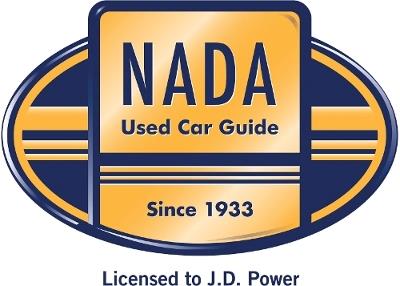<img width="150" src="http://www.automotive-fleet.com/fc_images/news/m-us-hd-he-suppliers-map-calstart.jpg" border="0" alt="
Suppliers of high-efficiency, low-carbon transport vehicles and equipment are listed on the map at www.calstart.org. Image: CalStart
">
Suppliers of high-efficiency, low-carbon transport vehicles and equipment are listed on the map at www.calstart.org. Image: CalStart
">The supply base for clean transportation technologies comprises 255 American companies, and CalStart, a non-profit management and promotional group, says it has identified and mapped them for general use by seekers of such products.
That “green” industry is ready to help meet upcoming national standards for fuel efficiency and greenhouse-gas reduction in medium- and heavy-duty vehicles, according to US Heavy-Duty Vehicle High Efficiency Technology Suppliers, a new white paper from CalStart.
An on-line interactive map is part of the publication, said Bill Van Amburg, the group's senior vice president and one of the paper's authors. The publication and map are available at its web site, www.CalStart.org.
The companies range from vehicle manufacturers to component suppliers to technology developers, and operate from 535 facilities in 40 states, impacting 80% of the nation, he said.
The map also shows clusters of activity in the upper Midwest; California and along the Pacific Coast; East Coast areas including Massachusetts, New York, and the Carolinas; and a corridor that runs through Georgia, Alabama, Tennessee, Indiana and Ohio.
"This report showcases what we know from experience: The U.S. is a leader in transportation tech, including next-generation advanced engines," said David Johnson, president and CEO, Achates Power, a developer of advanced opposed-piston engines. "Our industry can meet aggressive efficiency targets at affordable prices. Strong standards will encourage continued investment and drive advanced tech innovation and jobs in this sector."
Medium- and heavy-duty vehicles currently account for about 20% of GHG emissions and oil use in the U.S. transportation sector, but are only about 5% percent of the vehicles on the road, CalStart noted. National efficiency and carbon standards for them are being updated to Phase II levels, covering 2019-2027, due out soon from the Environmental Protection Agency and the National Highway Traffic Safety Administration.
“America has a rich, nation-wide network of high-efficiency suppliers developing and providing products for medium- and heavy-duty vehicles that can meet and exceed proposed standards,” Van Amburg said. “This white paper just scratches the surface of that capability.
“High efficiency technologies and the companies making them represent an area of competitive advantage and jobs for the United States,” he said. “And in a world where country after country is increasingly trying to save on fuel use, cut pollution and tackle climate change, efficient transportation technology can represent an export driver, as well.”
European companies have enjoyed a reputation for leading the move to efficient trucks and buses, he said. But as the CalStart effort discovered, North American vehicles are changing that trend partially due to fuel economy rules. American firms are developing and manufacturing a wide variety of advanced technologies, including many with export potential.
“The U.S. is in the midst of a complete reinvention of how we transport people and cargo and, as demonstrated by this report, the U.S. in general, and California specifically, is at the center of electric heavy-duty vehicle innovation to make this happen,” said Ryan Popple, president and CEO of Proterra, Inc., a maker of zero-emission, battery-electric buses.
"It's clear that America has what it takes to grow this market," said Joe Dalum, president and CEO of Odyne Systems, a manufacturer of hybrid systems for medium- and heavy-duty work trucks. "Flexible rules that include technology like ours help businesses save money and significantly reduce emissions."
Businesses that rely on large trucks and buses know that more efficient vehicles save money, and reduced fuel use is a fundamental driver for heavy-duty efficiency technologies. But as the report says in a series of profiles, many companies in this sector support strong national standards because they help signal future technology needs, provide clear goals and reduce risk for making investments.
"Demand for efficient vehicles is growing, and advanced technologies like ours are answering those needs,” said Dr. Ed Lovelace, CTO of XL Hybrids, a manufacturer of electric powertrain upfits for fleet vehicles.
Suppliers can add themselves to the CalStart map by filling out the input form also found on-line, the group said.
Follow @HDTrucking on Twitter








